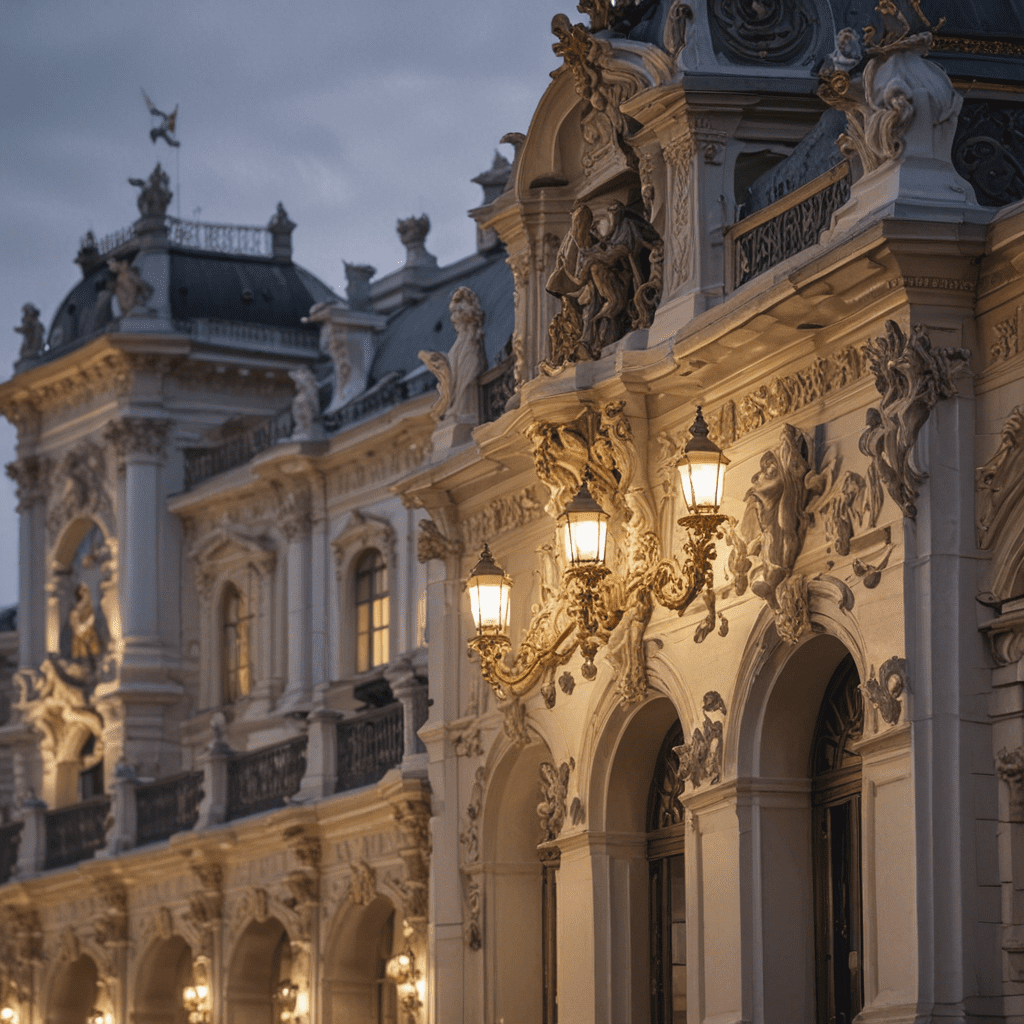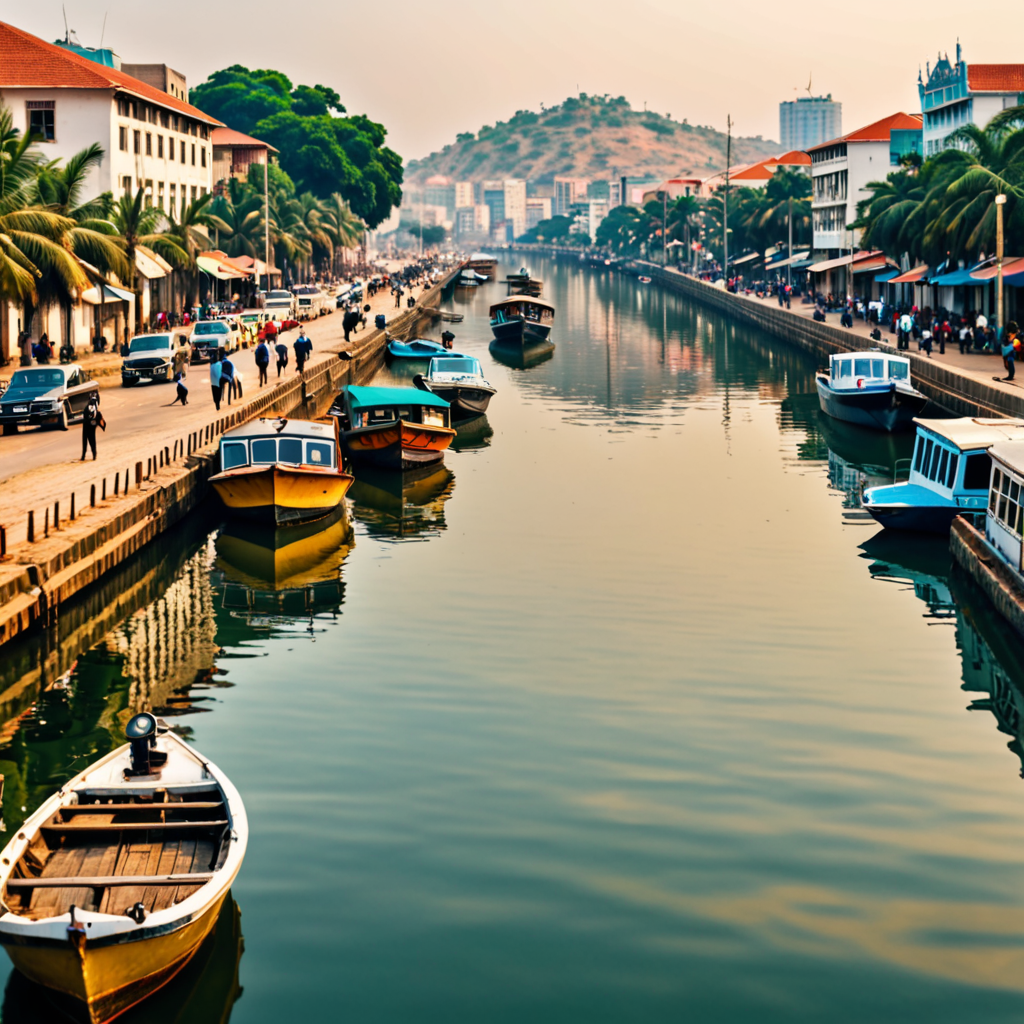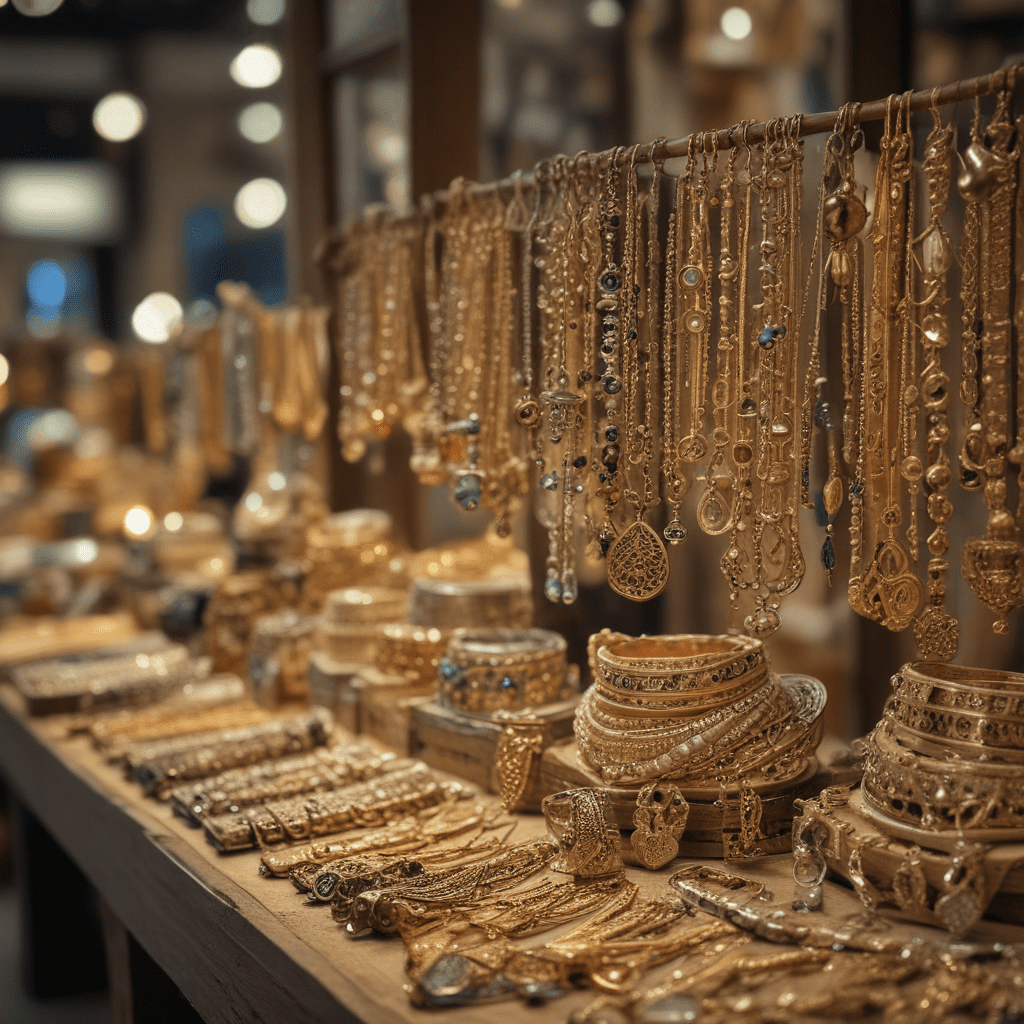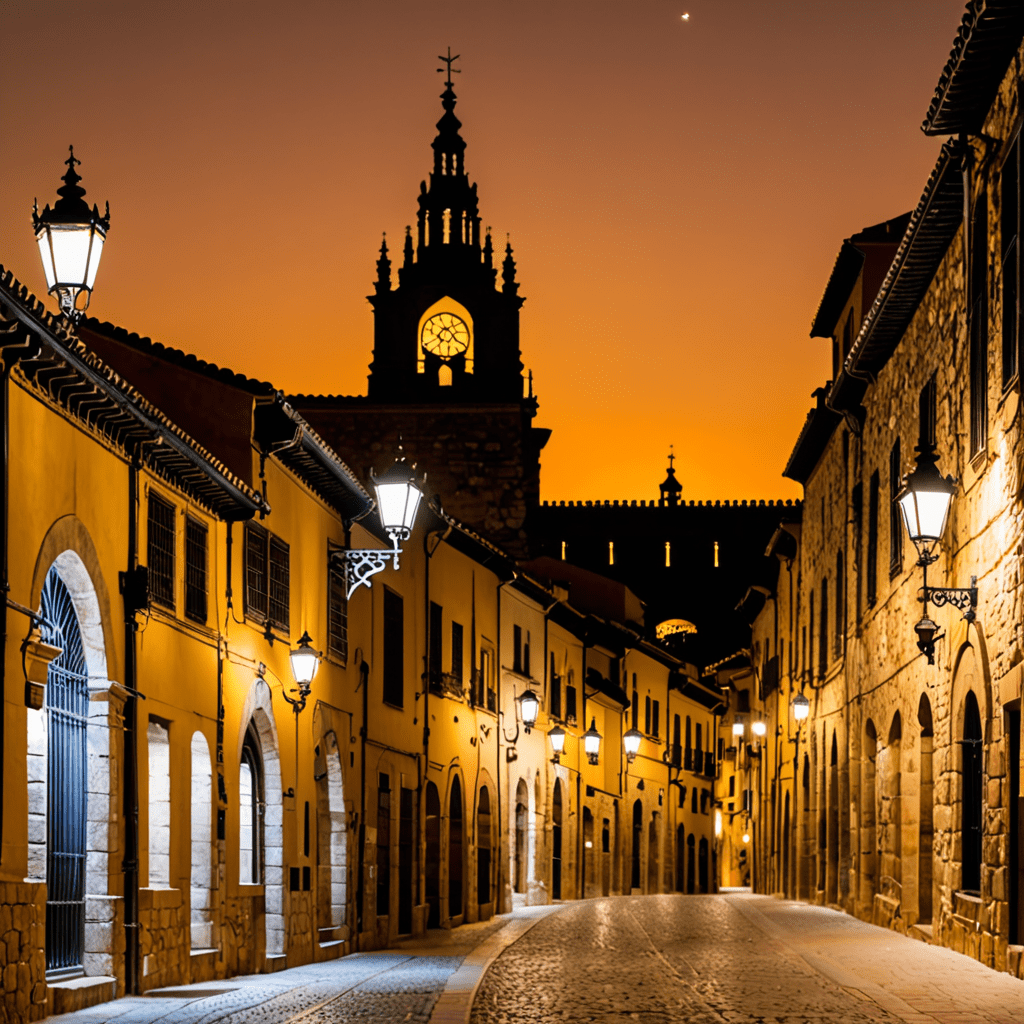
The Baroque Splendor of Belvedere Palace, Vienna
Nestled amidst the vibrant city of Vienna, the Baroque masterpiece of Belvedere Palace stands as a testament to the city's rich architectural heritage. Built in the 18th century by Prince Eugene of Savoy, this sprawling palace complex showcases the epitome of Baroque splendor, boasting opulent halls, sprawling gardens, and an art collection of unparalleled beauty.
The History of Belvedere Palace
The genesis of Belvedere Palace lies in the early 18th century when Prince Eugene of Savoy, a renowned military commander, commissioned the construction of a summer residence on the outskirts of Vienna. The palace was designed by renowned architect Johann Lucas von Hildebrandt and completed in 1723. The name "Belvedere" is derived from the Italian phrase "bel vedere," meaning "beautiful view," a fitting name given the palace's magnificent location overlooking the city.
The Upper Belvedere
The Upper Belvedere, the grandest of the palace's two buildings, serves as the centerpiece of the complex. Its imposing façade is adorned with intricate carvings, statues, and a sweeping staircase that leads to the palace's opulent interior. The Upper Belvedere houses the Austrian Gallery, home to a renowned collection of Austrian art, including masterpieces by Gustav Klimt, Egon Schiele, and Oskar Kokoschka.
The Lower Belvedere
The Lower Belvedere, situated at the foot of the hill, provides a striking contrast to the grandeur of its upper counterpart. Its smaller scale and more intimate atmosphere create a welcoming ambiance. The Lower Belvedere houses the Museum of Medieval Art, showcasing an impressive collection of Gothic and Romanesque sculptures, paintings, and artifacts.
The Belvedere Gardens
The Belvedere Gardens, spanning over 52 acres, are an idyllic haven of verdant beauty that seamlessly blend with the palace's Baroque architecture. Designed by renowned landscape architect Dominique Girard, the gardens are a masterpiece of geometric precision, featuring cascading fountains, manicured lawns, and majestic sculptures.
The Belvedere Museum
The Belvedere Museum, housed within the Upper and Lower Belvedere palaces, ranks among the most prestigious art museums in the world. Its collection spans centuries, from medieval masterpieces to contemporary works, showcasing the evolution of artistic expression in Austria and beyond. The museum's curators have meticulously curated exhibitions that explore various themes and movements, offering visitors a comprehensive understanding of art history.
The Art Collection of the Belvedere Museum
The Belvedere Museum boasts an extensive collection of over 300,000 works of art, including paintings, sculptures, drawings, and decorative arts. The Austrian Gallery, located in the Upper Belvedere, features an impressive array of Austrian art from the Baroque period to the 20th century. Notable works include Gustav Klimt's iconic "The Kiss," Egon Schiele's evocative "Self-Portrait with Model," and Oskar Kokoschka's vibrant "Brides of the Wind." The Museum of Medieval Art, housed in the Lower Belvedere, showcases a vast collection of Gothic and Romanesque sculptures, paintings, and artifacts, providing a glimpse into the artistic achievements of the Middle Ages.
Gustav Klimt’s “The Kiss”
Gustav Klimt's "The Kiss" is undoubtedly the Belvedere Museum's most celebrated masterpiece. Painted in 1907 during Klimt's "Golden Period," the painting depicts a couple locked in an intimate embrace, surrounded by intricate patterns and shimmering gold leaf. "The Kiss" embodies Klimt's unique style, characterized by its opulent symbolism, decorative elements, and exploration of erotic themes. It has become an iconic symbol of Viennese art and a timeless representation of love and desire.
Other Notable Exhibitions
In addition to its permanent collection, the Belvedere Museum regularly hosts special exhibitions showcasing works by renowned artists from around the world. Past exhibitions have featured the works of Pablo Picasso, Vincent van Gogh, Claude Monet, and Andy Warhol. These exhibitions provide an opportunity for visitors to explore diverse artistic perspectives and engage with contemporary art movements.
Visiting Belvedere Palace
Belvedere Palace is easily accessible by public transportation or by car. Guided tours are available to provide visitors with insights into the palace's history, architecture, and art collection. Visitors can also stroll through the sprawling Belvedere Gardens, enjoying the serene atmosphere and admiring the sculptures and fountains. Belvedere Palace offers a unique and unforgettable experience, immersing visitors in the grandeur of Baroque architecture and the splendor of Austrian art.
FAQs
- What are the opening hours of Belvedere Palace?
Belvedere Palace is open daily from 10 am to 5 pm. The Upper Belvedere and the Orangery Garden are open until 6 pm on Fridays. - How much does it cost to visit Belvedere Palace?
Admission to Belvedere Palace varies depending on the type of ticket purchased. A standard ticket costs €18, while a combined ticket that includes the Upper Belvedere, Lower Belvedere, and Orangery Garden costs €24. - Are there any discounts available for admission?
Discounts are available for students, seniors, and families. Children under 6 years old are free of charge. - Can I take photographs inside Belvedere Palace?
Photography is permitted without flash in most areas of Belvedere Palace. However, photography is not allowed in certain special exhibitions. - Is there a cloakroom at Belvedere Palace?
Yes, there is a cloakroom available for visitors to store their belongings.


